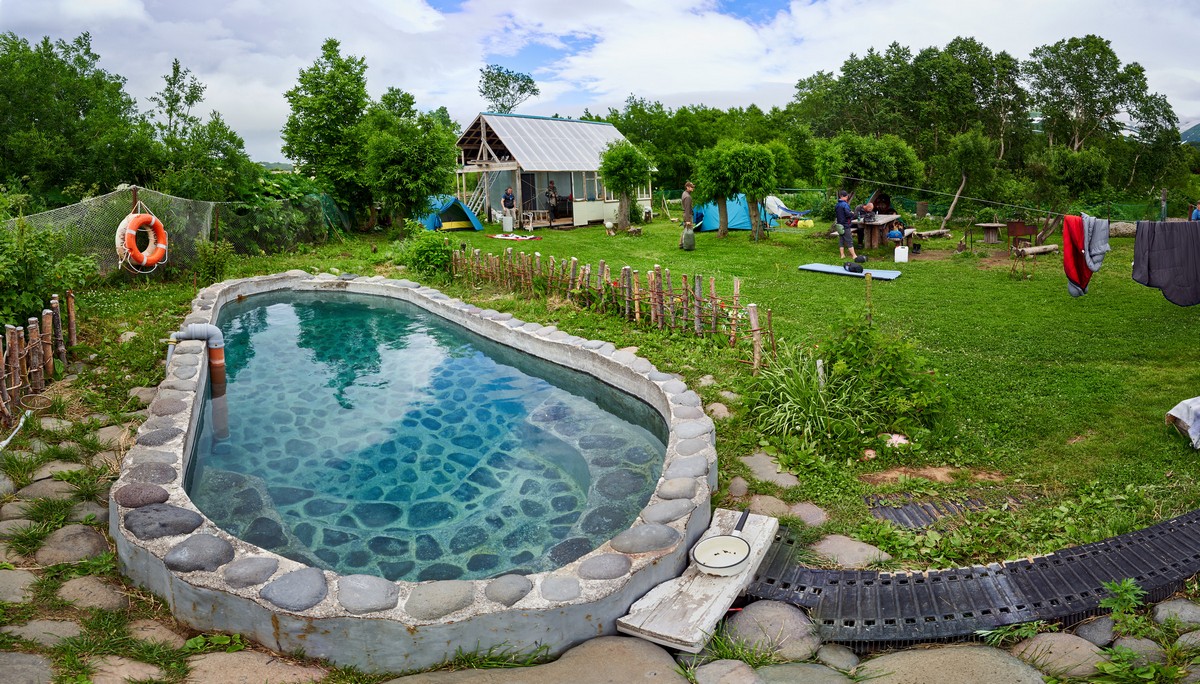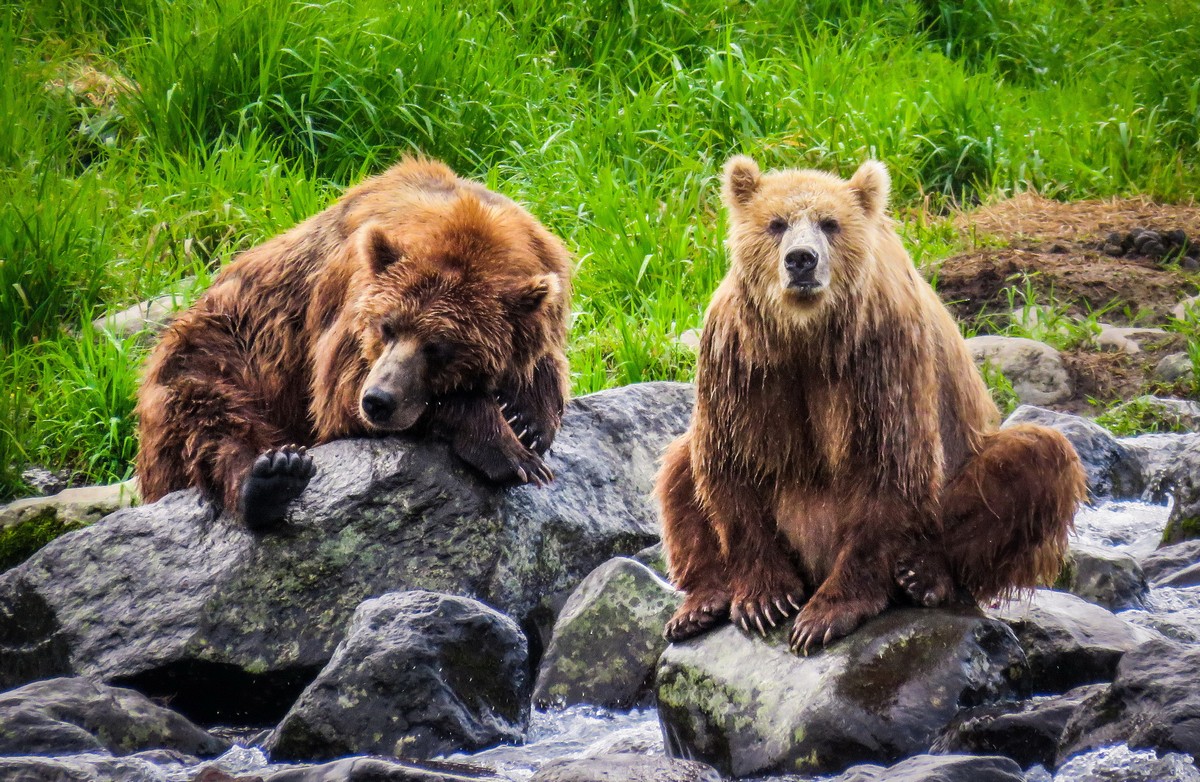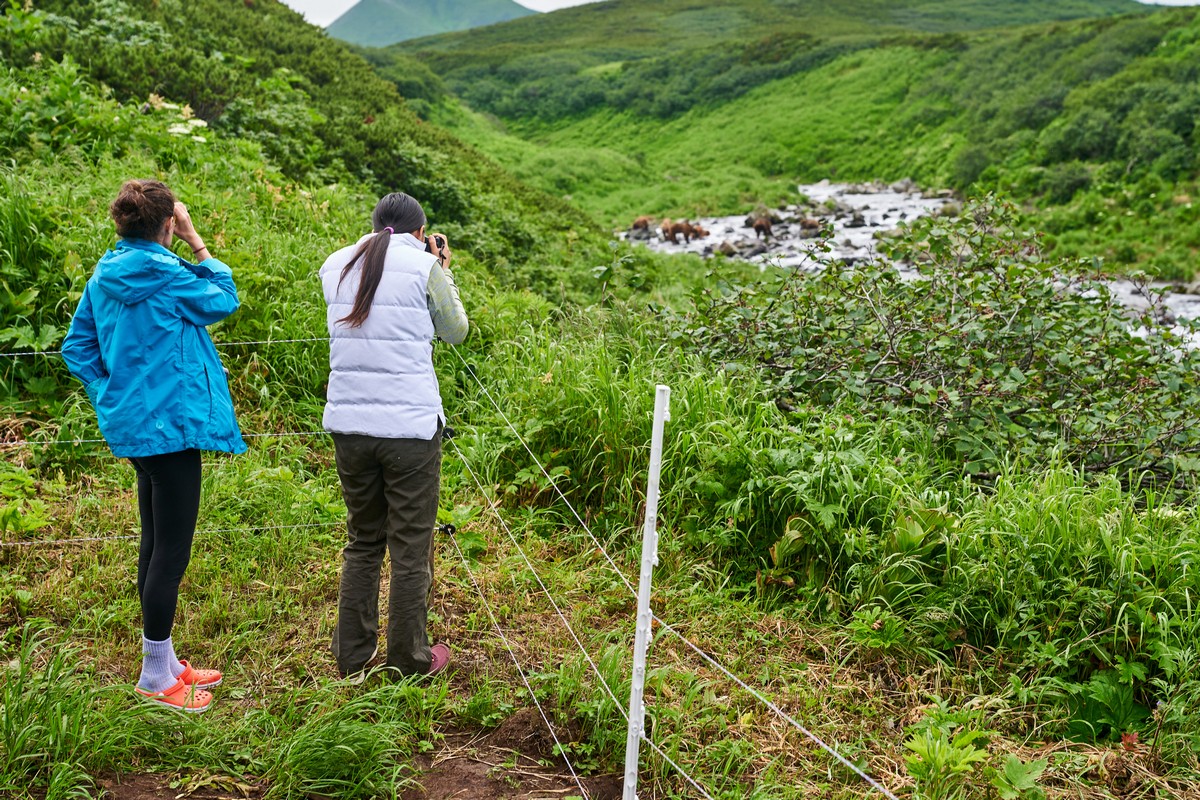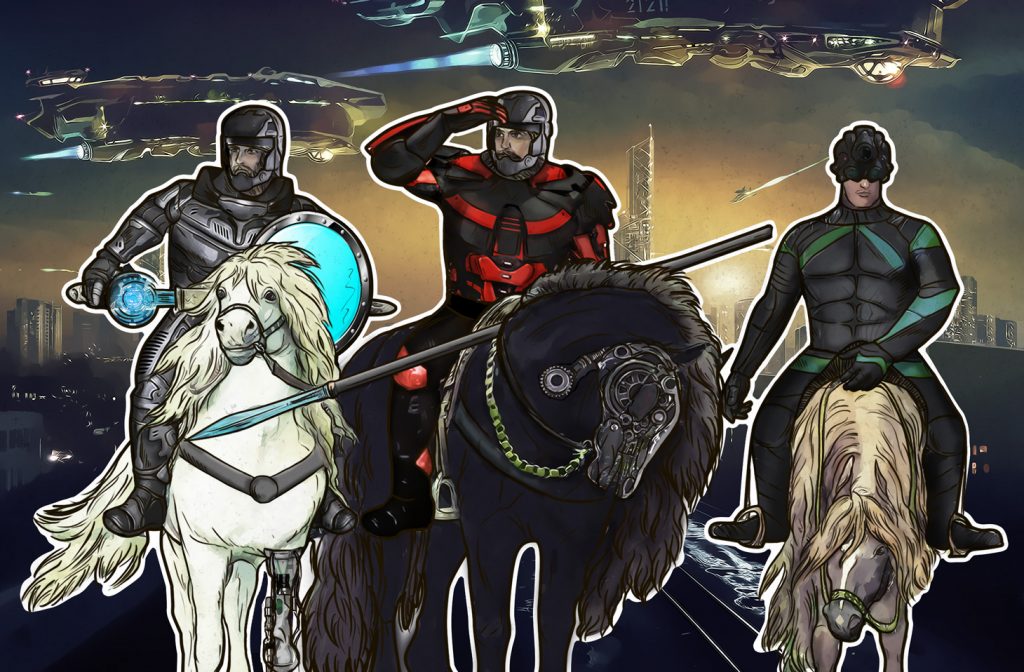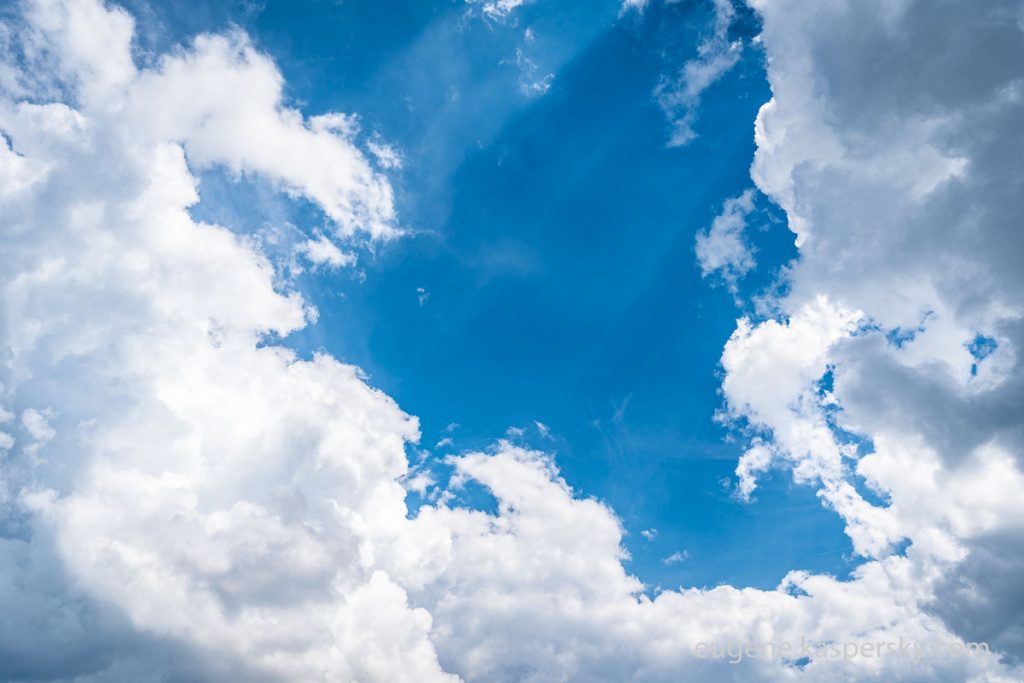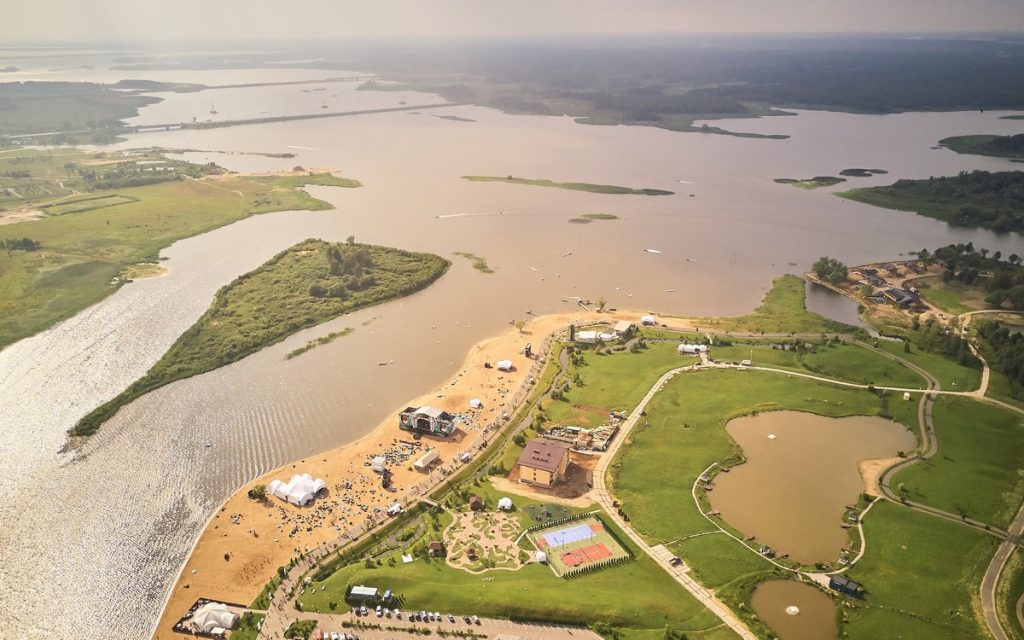September 11, 2018
There’s North; then there’s Norilsk.
I’d been planning on getting myself in early September to the Far North industrial city of Norilsk. I’d a chock-full itinerary planned, including giving speeches, business meetings with the management of our highly esteemed customer, plus of course a spot of tourism: checking out the main natural must-see of the region: Putorana Plateau.
At least, like I say: that was the plan. But then Kamchatka-2018 put paid to all that – six weeks with a leg in plaster. So I had to put the trip off. But only I had to postpone it: all the others in our delegation still went. And they had a whale of a time, by all accounts.
Well one of those accounts I’ll give you here: that of D.Z., one of my most-regular travel companions. Herewith, his short essay,plus photos.
(Note (from me): Unfortunately there are no pics of Putorana. Much like what happened most of the time this summer in Kamchatka, the weather turned real bad – not fit for flying. So there was to be no helicopter flight to the Siberian Traps, which incidentally came about around 250 million years ago as the result of a mega volcanic eruption. Btw: that eruption was one of the most global geo-catastrophes this planet of ours has ever seen: it changed its climate, and brought the Paleozoic Era to a close while ushering in that of the Mesozoic and its all its dinosaurs. Remnants of that prehistoric cataclysm can today be found around 100 kilometers from Norilsk, but are rarely accessible to tourists due to the habitually terrible weather conditions above the Arctic Circle. Oh well: next time…
—8<—
For someone who’s never been to Norilsk, the place is a mere city in the Far North of Russia. However, a taxi ride from its airport around the territory and to its downtown changes this visualization: Norilsk is a more than a mere city; it’s a whole industrial district (one of its official titles is the ‘Norilsk Industrial District’), which covers the wide expanse of land from the Yenisei River to the Putorana Plateau. And its residential neighborhoods – with a population totaling nearly 200,000 – dot this industrial landscape to almost resemble oases.












![YOU CAN NEVER GET TOO MANY AWARDS. SEE 1ST COMMENT FOR ENGLISH ⏩
"А из нашего окна страна Австрия видна!" - практически (с). Но в этих австриях я был не смотреть из окна, а по многочисленным деловым делам, первое из которых - лично получить несколько важных наград и множество сертификатов от независимой тестовой лаборатории AV-Comparatives.
Это далеко не первая наша награда. Скажу больше - на протяжении последних десяти лет по результатам независимых тестов к нам даже близко ни один конкурент не подобрался. Но почему тогда такое внимание конкретно к этой победе? Ответ простой: густопопсовый геополитизм. В наше весьма геополитически [очень мягко говоря] непростое время... Ну, если отбросить все казённые слова, то будет, как в известном анекдоте про поручика Ржевского. В той самой истории, когда ему указали повторить свою фразу без матерщины. На что тот ответил: "Ну, в таком случае я просто молчал".
Так вот, в наше "поручико-ржевско-молчаливое время" участвовать и получить первые места в европейских тестах - это за пределами научной и ненаучной фантастики. Что в целом совпадает с одной из основных парадигм моей жизни: "Мы делаем невозможное. Возможное сделают и без нас" (с). Большими трудами и непомерными усилиями - да! Это можно! Мы заделали такие продукты, такие технологии, такую компанию - что даже в непростое время нас и в Европах знают, уважают, любят и пользуются. Ура!](https://scontent-iad3-2.cdninstagram.com/v/t51.29350-15/430076034_1096357205018744_692310533755868388_n.heic?stp=dst-jpg&_nc_cat=103&ccb=1-7&_nc_sid=18de74&_nc_ohc=XLII-tX29aoAX80SM4u&_nc_ht=scontent-iad3-2.cdninstagram.com&edm=ANo9K5cEAAAA&oh=00_AfBINCtkZ3-r_aTvdSC36JELI05V6PuBnMWs672PK3GsBQ&oe=65E63D48)



